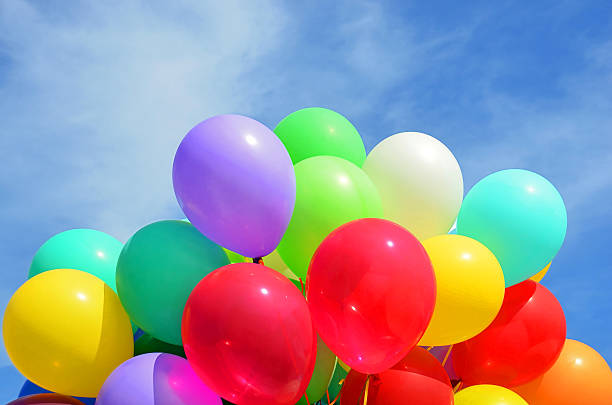
A latex balloon is just a latex bag that fill with air. However, the development of latex balloons is a fascinating series of events and ideas. Dry animal bladders are use to produce balloons in the beginning, but Michael Faraday (happily) created rubber balloons in 1824. Latex, a liquid rubber derive from the sap of rubber plants in Malaysia, is currently use to produce balloons. After that, pigment is add to the latex mixture, resulting in a variety of colorful balloons. But how do latex balloons get their shape? To make the balloon, balloon shapes are produce and then dip in liquid rubber.
Advantage
- – It is the least expensive of the several varieties available, making them ideal for buying in quantity for larger occasions.
– They may be filled with helium, air, or water because latex is such a flexible material.
– It is biodegradable and ecologically friendly, degrading in 4 to 8 months.
Disadvantage
- – Latex balloons collapse faster than foil due to the porous latex membrane. As a result, we only advocate utilizing them for one-day events.
– Balloons must be inflated right before the event, so make sure you leave enough time before your event to do so.
Why we use latex balloons?
Latex Balloon is make from liquid latex rubber and specific molds. To begin, the molds are dip into the silicone vat at the conveyor belt’s bottom. Apply a thin coating of rubber to your skin. Finally, as the array of molds moves through the air, the rubber dries and heals. The balloon is rolled by a computer before being released from the mold with a powerful burst of air. Users will find it simpler to inflate the bubble with this rolled end. Long, thin latex-based are twist into animal forms, flowers, and even party hats by professional clowns working at birthday celebrations. Bright bouquets or party favors may be made using helium-filled round balloons.
Created by BalloonParty
